Dedicated tensor chip and 120 Hz display
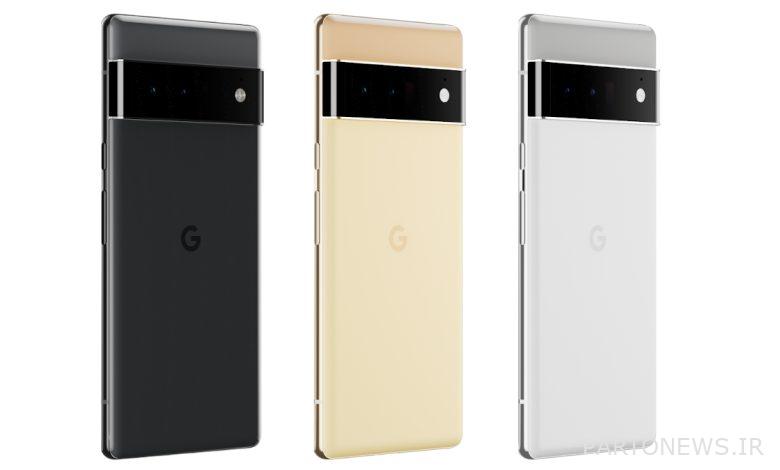
Google unveiled its strongest flagship, the Pixel 6 Pro, at its fall event tonight. This device has been in the news and reports for a long time and now it has been officially introduced with a dedicated tensor chip and a base price of $ 899.
The Pixel 6 Pro has a 6.7-inch display with a 19.5: 9 aspect ratio, a resolution of 1440 x 3120 pixels, and a refresh rate of 120 Hz. This display panel uses LTPO technology to reduce the refresh rate to 10 Hz if not in use. The edges of Google’s flagship display are curved and protected by Gorilla Glass Victos.
The Pixel 6 Pro frame is glossy and the antennas on it match the color of the body. The power and volume buttons are on the right and the SIM card slot is on the left. The thickness of this device is 8.9 mm and its weight is 210 grams.
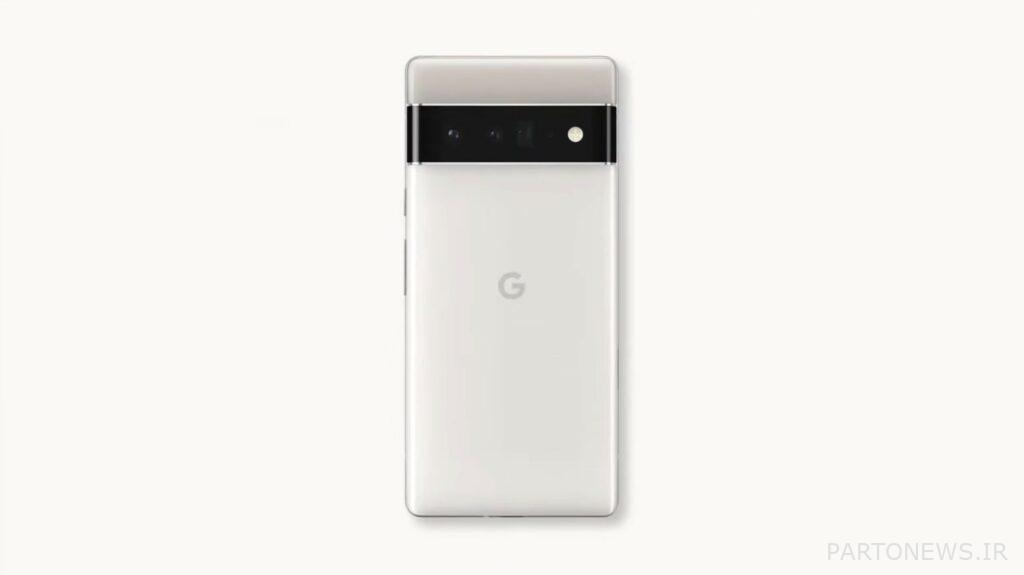
The back cover of Google Mobile is again protected by Victorian Gorilla Glass, and in addition to the Google G logo, it hosts the camera module horizontally. This module includes a 50-megapixel main sensor with 82-degree field of view and an aperture of f / 1.85, which is located on the left. A 12-megapixel ultra-wide sensor with a 114-degree field of view is seen in the middle, followed by a 48-megapixel telephoto sensor with 4x optical zoom. This sensor can support 20x zoom digitally.
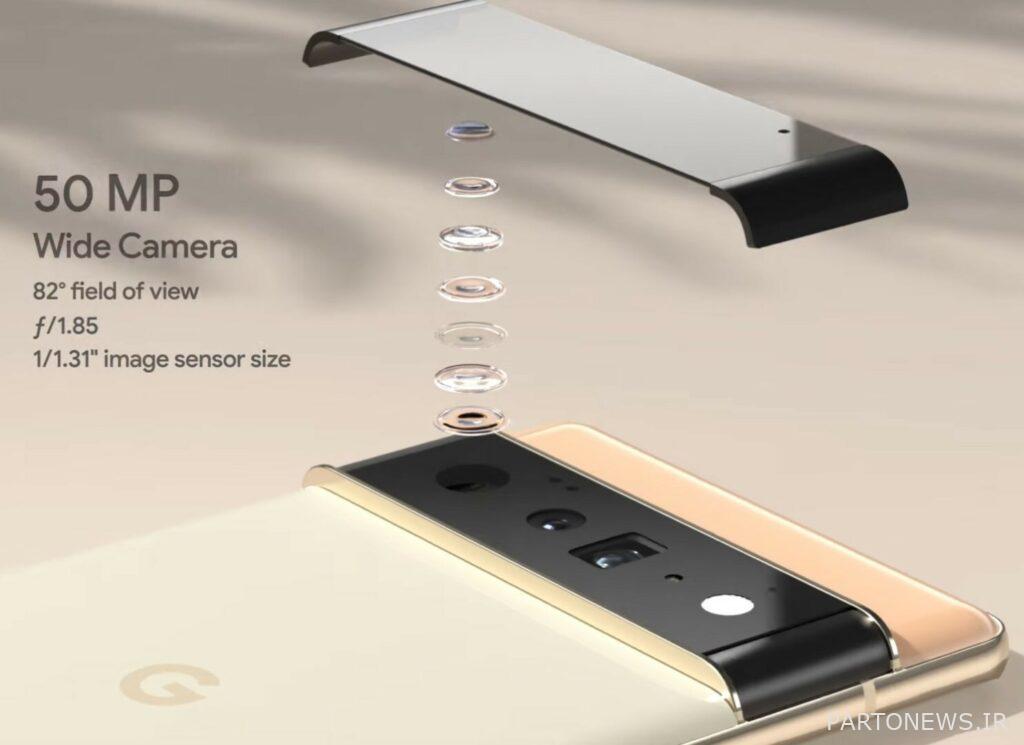
The Pixel 6 Pro’s main telephoto sensor uses optical and electronic image stabilization. Finally, we can see the laser autofocus (LDAF) and Spectral and Flicker sensors in this module. The main sensor of this device has been upgraded compared to last year and now it absorbs 150% more light.

The Pixel 6 Pro has a small hole at the top of the display that houses the device’s 11.1-megapixel selfie camera. This camera has a field of view of 94 degrees and its aperture is f / 2.2. Google’s flagship also resists water and dust resistant to IP68 standard.
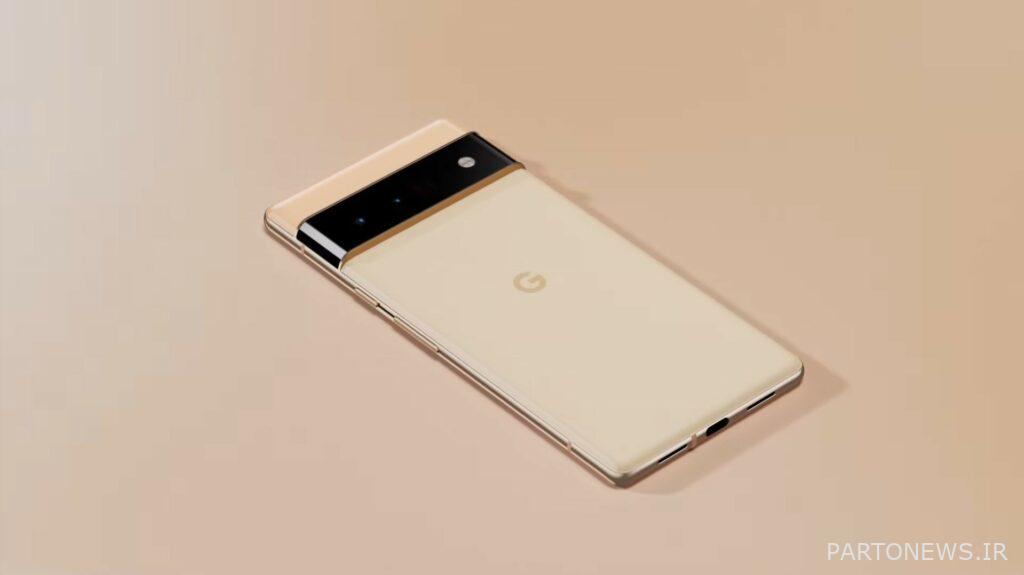
Google has included a feature called Magic Eraser in its camera software to remove unwanted objects and people. Face Unblur is for removing the blurring of human faces, and Real Tone tries to record the most real skin color by optimizing white balance and several other algorithms. Google also offers Motion Mode for background blur.

In terms of video, the rear camera can record 4K videos at 60 frames and the front camera can record 4K videos at 30 frames or 1080p at 60 frames. In addition to the proprietary tensor chip, Google’s flagship uses 12GB of LPDDR5 RAM and 128, 256 or 512GB of UFS 3.1 internal storage.
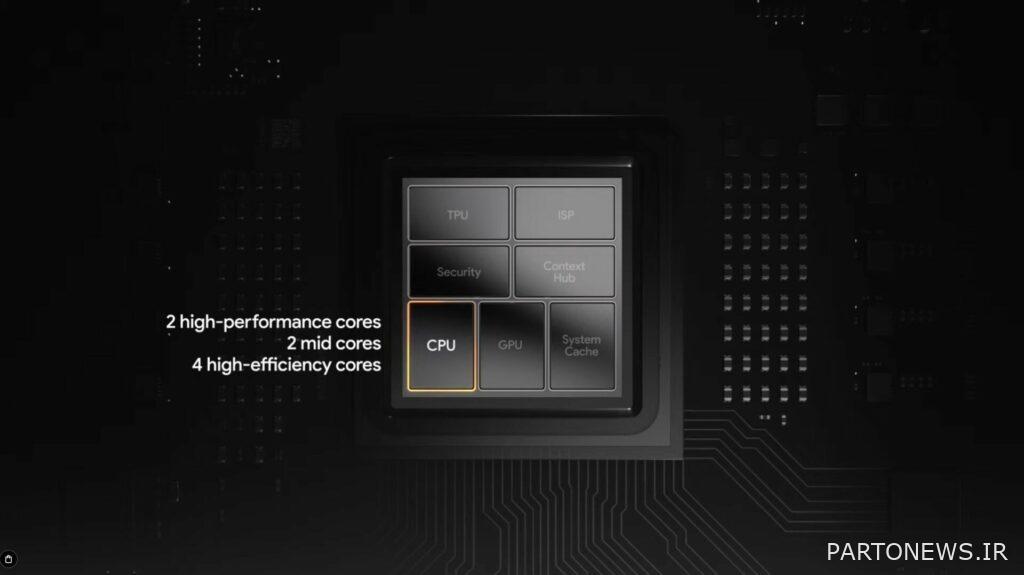
The tensor chip is made of three core clusters (2 + 2 + 4) which include two high power cores, two medium cores and four optimal cores. The chip also has 20 graphics cores. The Google chipset uses a tensor processing unit (TPU) to perform machine learning processes and has a co-processor called Titan M2 to enhance security. This co-processor protects your private information.

Google says the power of the tensor chip has increased by about 80% compared to the Snapdragon 765G in the Pixel 5. This chipset allows you to translate signatures (via Google Lens) and produce live subtitles in videos for 55 languages without the need for the Internet. In addition, the ability to recognize speech and dictate phrases has been improved.
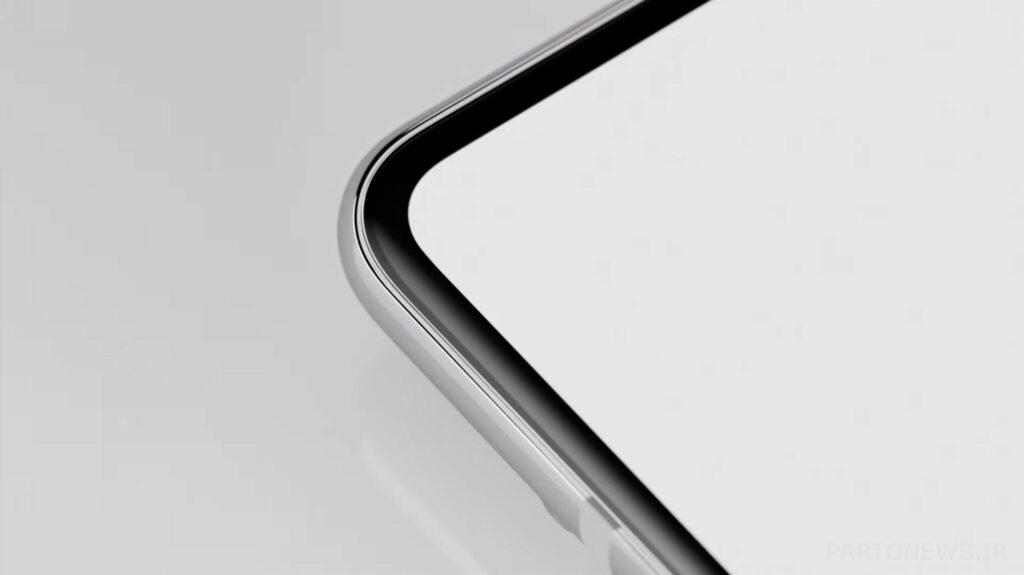
The Pixel 6 Pro has a 5003 mAh battery that supports 30-watt fast charge with a USB-C port. Google claims that zero to 50% of the battery will be charged in 30 minutes. The Pixel 6 Pro supports 23-watt wireless charging on the Pixel Stand 2 and 12-watt wireless charging on other Qi standard chargers. The company says their flagship lasts up to 24 hours on a single charge. The Pixel 6 Pro also has wireless reverse charging.

Other features include a fingerprint sensor under the display, WiFi 6E, Bluetooth 5.2 with dual antenna, NFC, stereo speaker, three microphones and UWB. The Pixel 6 Pro will be available in black, gold and white, with a base price of $ 899 in the US. This mobile phone will be available for pre-purchase from today and will be offered from November 27th.

